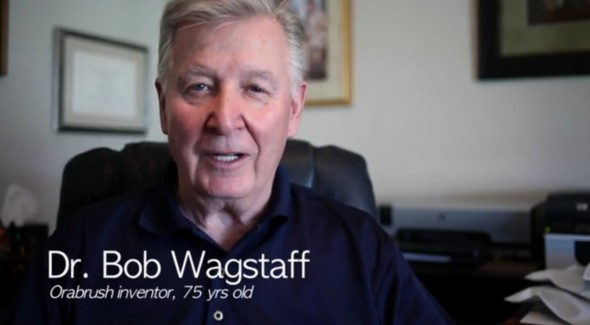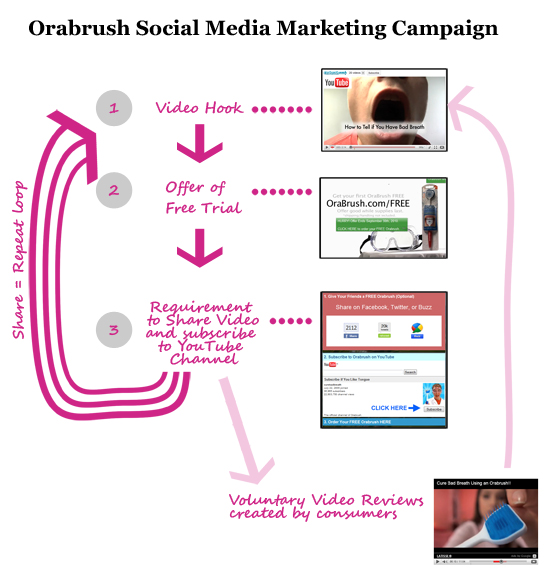
How a Struggling Small Business Achieved Social Media Success
This is a story of how a small business with limited resources used social media to gain vast exposure and increase sales.
Dr. Bob Wagstaff had an invention. On paper it’s not a very interesting invention. It’s a tongue scraper. Oral care products are a generally boring category of product. But Dr. Bob found a marketing approach that got his tongue scraper noticed and better yet, got his marketing message shared with millions – 33 million to be precise (at the time of this posting).

Nothing Was Working
Before giving the Internet a go to get his product sold, he tried traditional strategies that did not work for him:
- He spent $40k on infomercials that resulted in only 100 orders.
- He approached major retailers such as Walmart, CVS, and similar. No one was interested.
- He tried to sell the patent to brands such as Oral-B and Colgate. Nobody wanted it.
How Did He Solve the Problem?
Dr. Bob found a local marketing student and bartered his motorcycle in exchange for his help in implementing an Internet marketing campaign. The student, Jeffery, assembled a creative team to produce a video that cost a couple hundred dollars.
How Did the Strategy Work?
The Internet marketing strategy consisted of a few stages:
- Hook the customer with a video that infused humor and psychological appeals about his seemingly emotionless product.
- Take the risk away from the buyer by offering a free Orabrush.
- Require the customer to share the video with their social network in exchange for the free brush.
Why Was the Video Effective?
In addition to being done in good humor, the video appealed to these psychological motivators:
- Fear of embarrassment
- Desire to be accepted
- Desire to build self confidence
- Need to increase attractiveness
It was also educational about the causes of bad breath, thus identifying a problem and providing the solution.
Why Was It So Sharable?
At the end of the video, the viewer is directed to a page where they can order a free brush. By offering a free brush, they removed a resistance barrier. But, in order to get your free brush, you are required to share the video with one of your social networks.
With the multiple steps of his campaign, you might be thinking that’s a lot of steps in the conversion process and a lot of opportunities to lose your lead.
So what made people follow through all the steps?
- Entertainment value of the video
- Free reward
If the video was not entertaining, people would have been hesitant to share something they might feel ashamed of. And by incentivizing them, people happily shared.
What Were the Results?
Over 22,00 people have ordered their free brush, each of which required a share.
They have 112,000 YouTube subscribers and 268,000 Facebook “likes.”
63 user generated video reviews are posted on the Orabrush website. I’m sure there are many more out there. But this type of social proof is enough to take away any doubt in trying the product and proves to retailers and distributors that there is demand.
Can you envision a similar strategy that might work for your company? I’m always looking for more social media success stories to post about, so please let me know all about yours.





